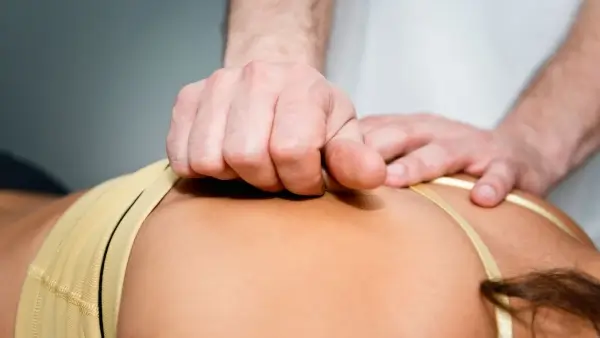Myofascial Release Therapy
- Naturopath Osteopath Clinic
- »
- Osteopathic Treatment
- »
- Myofascial Release Therapy
Myofascial release is a type of physical therapy that focuses on the fascia, a thin, elastic connective tissue that surrounds and supports the muscles in the body. The goal of myofascial release therapy is to stretch and loosen the fascia, which can become tight and restricted due to stress, injury, or other factors. This can help to reduce muscle tension, improve flexibility, and alleviate pain.
At Naturopath Osteopath Clinic, Myofascial release therapists use a variety of techniques to stretch and manipulate the fascia, including gentle massage, stretching, and applying pressure to specific areas of the body. The therapist may also use tools, such as foam rollers or massage balls, to help stretch and release the fascia.
Myofascial Release Benefits:
Myofascial release therapy is often used to treat conditions such as chronic pain, muscle spasms, and fibromyalgia. It can also be helpful for athletes and others who are looking to improve flexibility and performance. It focuses on the connective tissue surrounding the muscles, known as the fascia. The goal of myofascial release is to stretch and loosen the fascia, which can help to reduce pain and improve mobility.
Some potential benefits of myofascial release include:
- Reducing muscle pain: Myofascial release can help to reduce muscle pain by stretching and loosening the fascia, which can help to reduce pressure on the muscles and improve blood flow.
- Improving flexibility and range of motion: Myofascial release can help to improve flexibility and range of motion by stretching and lengthening the fascia.
- Reducing stress and promoting relaxation: Myofascial release can be a very effective way to reduce stress and promote relaxation.
- Improving posture: Myofascial release can help to improve posture by stretching and aligning the fascia and muscles.
- Improving athletic performance: Myofascial release can help to improve athletic performance by reducing muscle soreness and improving flexibility and range of motion.
Myofascial Release Techniques:
There are several techniques that myofascial release therapists may use to stretch and manipulate the fascia, including:
- Gentle massage: The therapist may use gentle, flowing strokes to massage the fascia, helping to stretch and loosen it.
- Stretching: The therapist may use various stretching techniques to help lengthen and release the fascia.
- Pressure: The therapist may use their hands or tools, such as massage balls or foam rollers, to apply pressure to specific areas of the body in order to stretch and release the fascia.
- Myofascial release therapy may also involve the use of other techniques, such as active release therapy, which involves the therapist guiding the patient through specific movements while applying pressure to the fascia, or craniosacral therapy, which involves gentle manipulations of the skull, spine, and pelvis to help release tension in the fascia.
It’s important to note that myofascial release techniques should be performed by a trained and qualified therapist. The therapist should be able to adjust the techniques to your specific needs and comfort level, and should be able to provide guidance on how to properly perform the techniques at home if necessary.
Naturopath Osteopath Clinic Manual Osteopathic Services

Osteopathic Pain Management
Osteopathic pain management is a field of medicine that uses manual therapies and other treatments to help people manage pain. Osteopathic pain management is often used to treat chronic pain, but can also be used to treat acute pain.
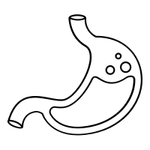
Osteopathic Systemic Dysfunction and Problems
Osteopathic systemic dysfunction (OSD) is a term used to describe a state of body function that is characterized by a disruption in the normal balance of the musculoskeletal, cardiovascular, respiratory, and digestive systems.
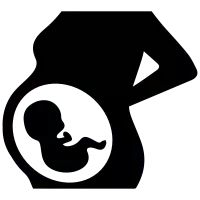
Pregnancy
Osteopathy for Pregnancy is a form of treatment that focuses on the body’s structure and how it functions. Osteopaths believe that restrictions in movement or pain in one area of the body can cause problems in other parts of the body.
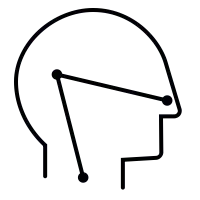
Ear, Nose and Throat Problems
Osteopathy is a form of manual medicine that uses specific techniques to diagnose and treat problems with the musculoskeletal system. Osteopaths believe that many health problems can be traced back to problems with the bones, muscles, and joints.
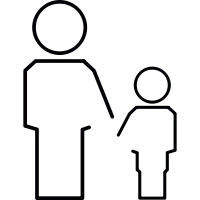
Pediatric Osteopathy (Babies and Children)
Pediatric Osteopathy is a form of holistic medicine that uses manual manipulation of the body to improve circulation and overall health. Osteopaths believe that this type of treatment can help with a wide range of issues, from ear infections to colic.
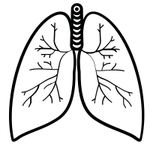
Respiratory Illness
Osteopathy is a form of manual medicine that uses the hands to diagnose and treat health problems. Osteopathy can be used to treat a wide variety of respiratory illnesses, including asthma, bronchitis, and pneumonia.
If you liked this content and found it to be informative, please rate it.
We are sorry that this post was not useful for you!
Let us improve this post!
Tell us how we can improve this post?

